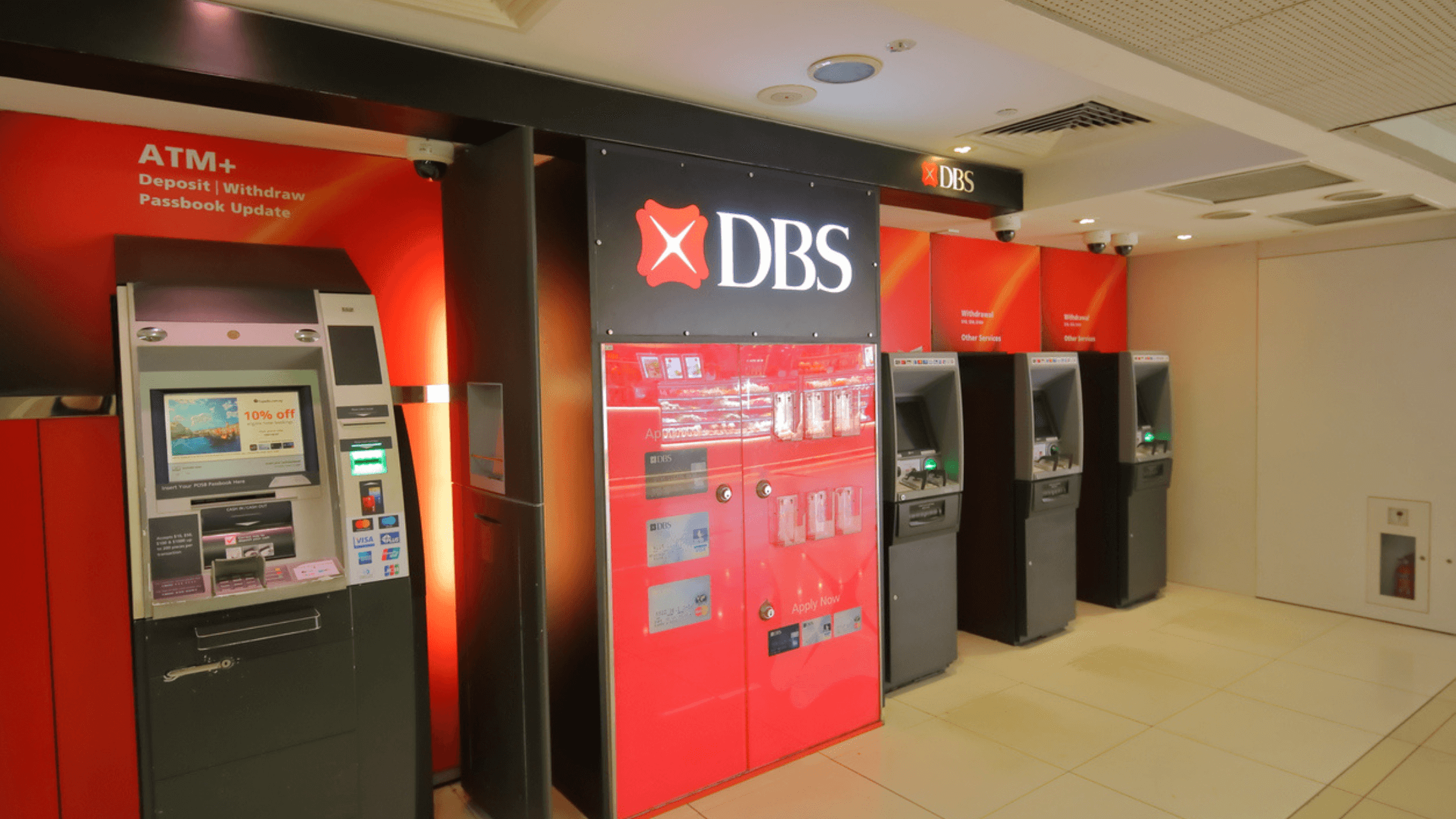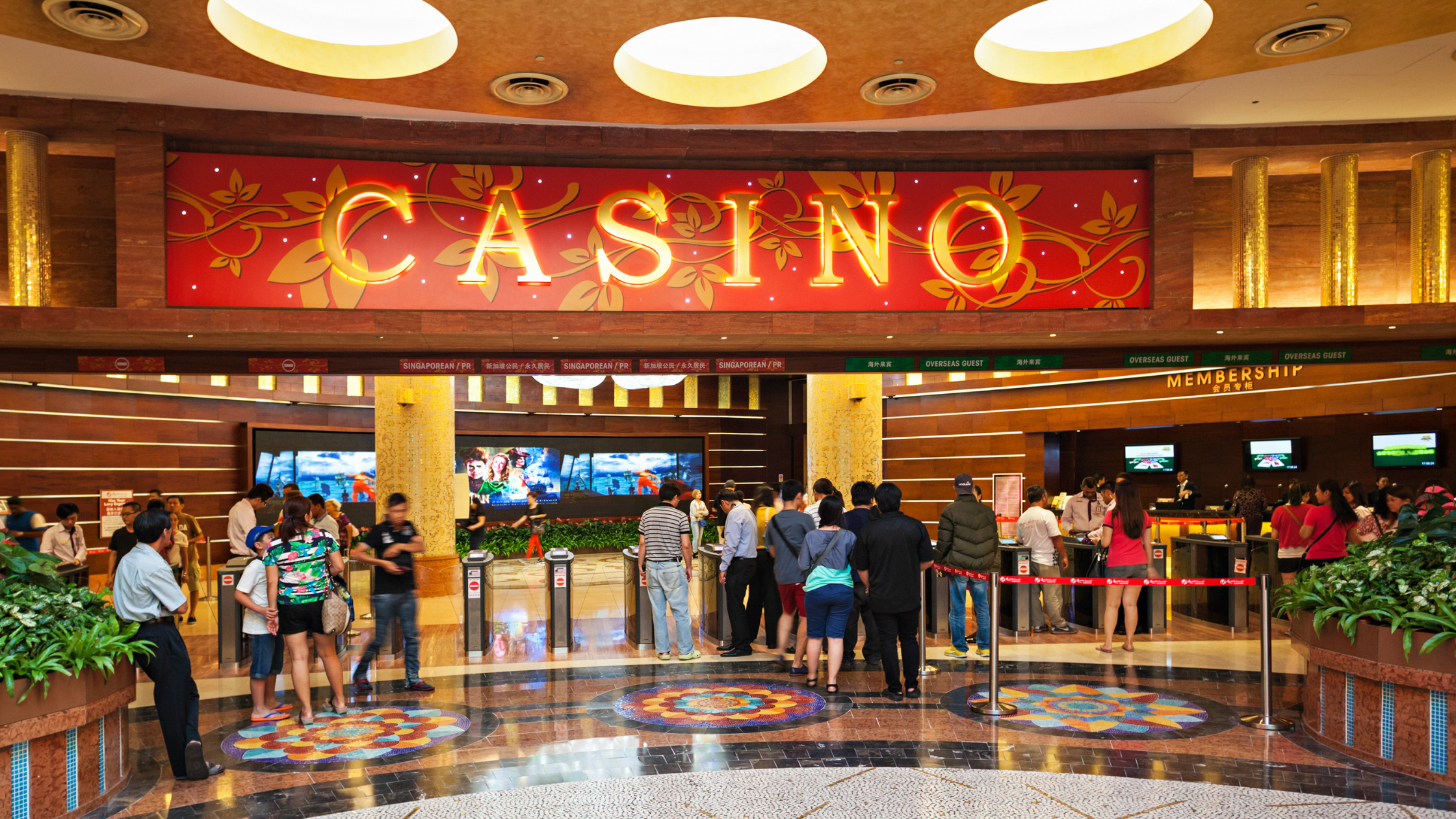DBS Shares: 5 Key Takeaways From the Bank’s Latest Earnings
August 5, 2022

It’s been an earnings bonanza for Singapore investors in the past two weeks or so. Many Singapore REITs kicked off the reporting season.
However, this past week has been the turn of Singapore’s big banks. Singapore’s biggest bank – DBS Group Holdings Ltd (SGX: D05) – reported its Q2 and H1 2022 earnings on Thursday (4 August).
Following some stellar results from its peers – United Overseas Bank (SGX: U11), also known as UOB, and Oversea-Chinese Banking Corporation (SGX: O39), better known as OCBC – there were high expectations.
Fortunately for investors, DBS didn’t disappoint. So, for investors and lovers of dividends alike, here are five key takeaways from the latest earnings from DBS.
1. Net profit for Q2 up 7%
Given DBS is the largest Singapore bank, its net profit is expected to come in ahead of its two smaller rivals.
For the second quarter of 2022, DBS posted net profit of S$1.82 billion – up 7% year-on-year from the same quarter a year ago.
It also came in well ahead of consensus expectations, from analysts polled by Bloomberg, for quarterly net profit of S$1.64 billion.
However, the bank’s H1 2022 net profit was down 3% year-on-year to S$3.62 billion on lower non-interest income from reduced investment gains.
2. Net interest income up 12% on quarter
One of the big bull cases for bank stocks in Singapore has been their ability to see higher net interest income (NII) – driven by rising US interest rates.
And that’s exactly what happened for DBS in its latest quarter. The bank posted NII that was up 12% quarter-on-quarter to S$2.45 billion as Fed rate hikes start to feed through (see below).
Meanwhile, because of that the net interest margin (NIM) for DBS expanded by 12 basis points (on the quarter) to 1.58%.
Thae first half of 2022 was the first period of rising NIM for DBS in three years. The last time the bank experienced a rising NIM was in 2019.

Source: DBS Group Q2 2022 earnings presentation
3. Asset quality robust, NPL ratio at 1.3%
As with any bank stock, investors should be on the lookout for asset quality if a recession is on the horizon.
Thankfully for Singapore bank investors, DBS posted non-performing assets (NPAs) declined by 1% on the quarter.
On the non-performing loan (NPL) ratio front, this number came in at 1.3% for H1 2022 – which was stable on the quarter. That NPL figure was also down (from 1.5%) from the first half of 2021.
DBS has loan allowance coverage that is 113% and approaches 200%, if investors take into account collateral.
4. Cost-income ratio at 44%
As with any business, it’s important that management can keep a lid on expenses. That’s even more crucial given the inflationary environment we find ourselves in.
Staff expenses for DBS were up 7% year-on-year in the first half of 2022, to S$2.1 billion. Overall expenses were up 5% year-on-year in H1 2022 to US$3.3 billion.
The cost-income ratio was stable quarter-on-quarter at 44% in Q2 2022. On a half-on-half basis, the cost-income ratio of 44% in H1 2022 was down from 49% in H2 2021.
Management guided for its cost-income ratio to be around 40% by the end of this year.
5. CET-1 ratio of 14.2% and ROE of 13.4%
As was expected, DBS continued to boast a substantial capital position. The bank’s Common Equity Tier-1 (CET1) was up slightly quarter-on-quarter at 14.2%, versus 14.0% at the end of March 2022.
That gives it plenty of capital buffer for its dividend going forward, which was maintained at 36 Singapore cents per share for the quarter.
Return on equity (ROE) for DBS in the second quarter was impressive, clocking in at 13.4%. That compares to 11% in Q1 2022 and 12.5% for FY2021.
Stable amid volatility
All Singapore banks have delivered on why investors buy into their stocks – namely “stability”.
It was another solid quarter from Singapore’s largest bank. In comments from CEO Piyush Gupta, DBS is set to make “judicious investments” on the technology front as its cost-income ratio comes down.
While Mr Gupta did comment that the bank’s “base case” for Fed rate hikes peaking is at 3.5-4%, any number of factors could disrupt this.
They range from worsening food and energy shortages stemming from the Ukraine-Russia war to systemic risks from China’s property slowdown.
Overall, though, it was another robust quarter from DBS. It also showed dividend investors why the bank remains one of Singapore investors’ favourite blue-chip stocks.
Disclaimer: ProsperUs Head of Content & Investment Lead Tim Phillips owns shares of DBS Group Holdings Ltd.

Tim Phillips
Tim, based in Singapore but from Hong Kong, caught the investing bug as a teenager and is a passionate advocate of responsible long-term investing as a great way to build wealth.
He has worked in various content roles at Schroders and the Motley Fool, with a focus on Asian stocks, but believes in buying great businesses – wherever they may be. He is also a certified SGX Academy Trainer.
In his spare time, Tim enjoys running after his two young sons, playing football and practicing yoga.





